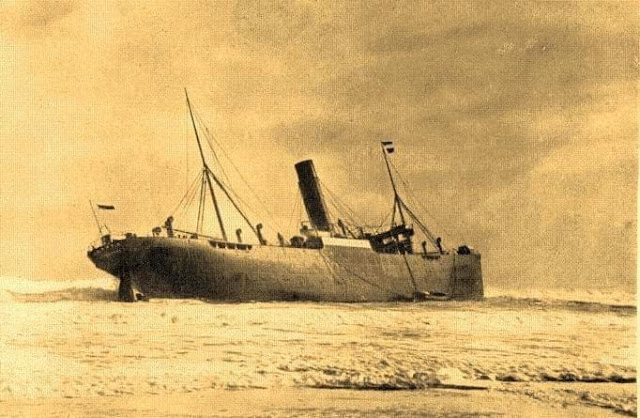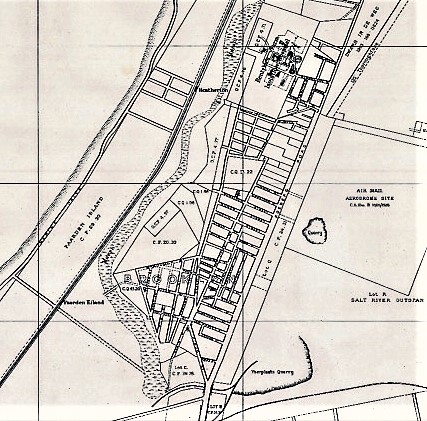Shipwrecks and the Milnerton Lighthouse
Besides the wrecks of the Nieuwe Haerlem, the Oosterland and De Jonge Thomas (already mentioned in previous blogs), there were two ships wrecked directly off Milnerton beach. A short walk north along Milnerton beach reveals both shipwrecks in the surf zone.
About a kilometre along the beach, you will come across the massive boilers of the Hermes in the surf. The Hermes was a Houston liner of some 3,500 tons, built in 1899. Under the command of Captain Grose, she was en route from Argentina to Cape Town with a large cargo of livestock, forage and some government supplies. In addition to her crew complement, there were 11 passengers bound for South Africa.
When she arrived in Table Bay on 12 May 1901, the harbour was full, and she was forced to drop anchor for the night. A north westerly gale came up, she dragged her anchors, and by 02h00, she was being driven towards the shore. It took a while for the captain to recognise the danger, but when he ordered her engines started, they failed. Ten minutes later, the Hermes broadsided on the beach and waves began breaking over her.
 |
| The Hermes lying broadside in the surf |
Considering it dangerous to remain on board, the captain decided to evacuate the female passengers and ordered the ship's gig lowered. However, halfway to the shore, the puny craft was capsized by a huge wave and two of the women were thrown into the surf and drowned. The remaining two women clung to the upturned craft and made it safely to shore.
A tugboat and the port lifeboat were dispatched to the scene at first light, but neither was able to approach the stricken vessel. The lifeboat did, however, manage to secure a line from the beach to the ship, enabling the remaining passengers and crew to be brought to safety by a breeches buoy.
 |
| The breeches buoy brings another person safely ashore |
At the subsequent Court of Enquiry, Captain Grose was found guilty of negligence, although no blame was attached to him for the loss of life. His Master's certificate was suspended.
The NSRI receives calls every year from concerned locals worried that a whale is stranded near the beach; the sea spray sometimes pushes through holes in the top of the wreck, creating an illusion of a whale’s blow.
Seawards and slightly to the north of the Hermes, the engine block of the Winton is visible off the shore. The Winton ran aground in July 1934, carrying a cargo of wheat from Australia to Liverpool. Her captain was unfamiliar with Table Bay and mistook the red lights on top of the radio mast at the Marconi Wireless Telegraph Station near Milnerton for the harbour lights. Attempts were made to pull her off the beach and some of her cargo was salvaged, but the wheat ignited and efforts to refloat her were to no avail. Miraculously, there was no loss of life.
 |
| The Winton being pounded by the waves |
 |
To prevent further
tragedies, the lighthouse was built in 1960. This 21-metre cylindrical tower of
white concrete has revolving electric optics that cast a beam of white light 25
nautical miles out across the ocean, flashing 9 times a minute, with a candela
power of 800 000 CD. It has a focal plane of 28 metres above high water.
Since its erection, there have been no further shipwrecks off Milnerton, although vessels have run aground off Table View and Bloubergstrand. More about them in a future blog.




It's really a pleasure to have lived in and around Milnerton since 1970 till present.Pictures like this remind me of what we easily can take for granted.
ReplyDelete